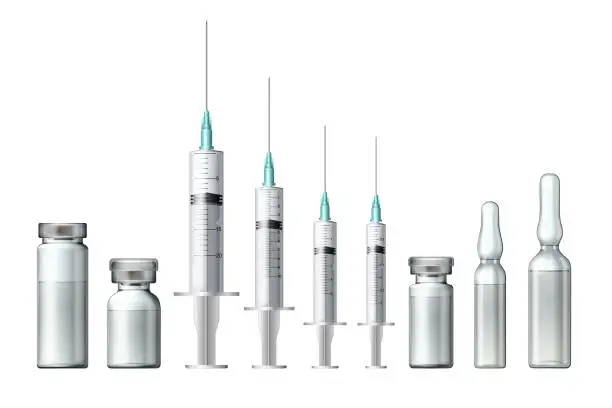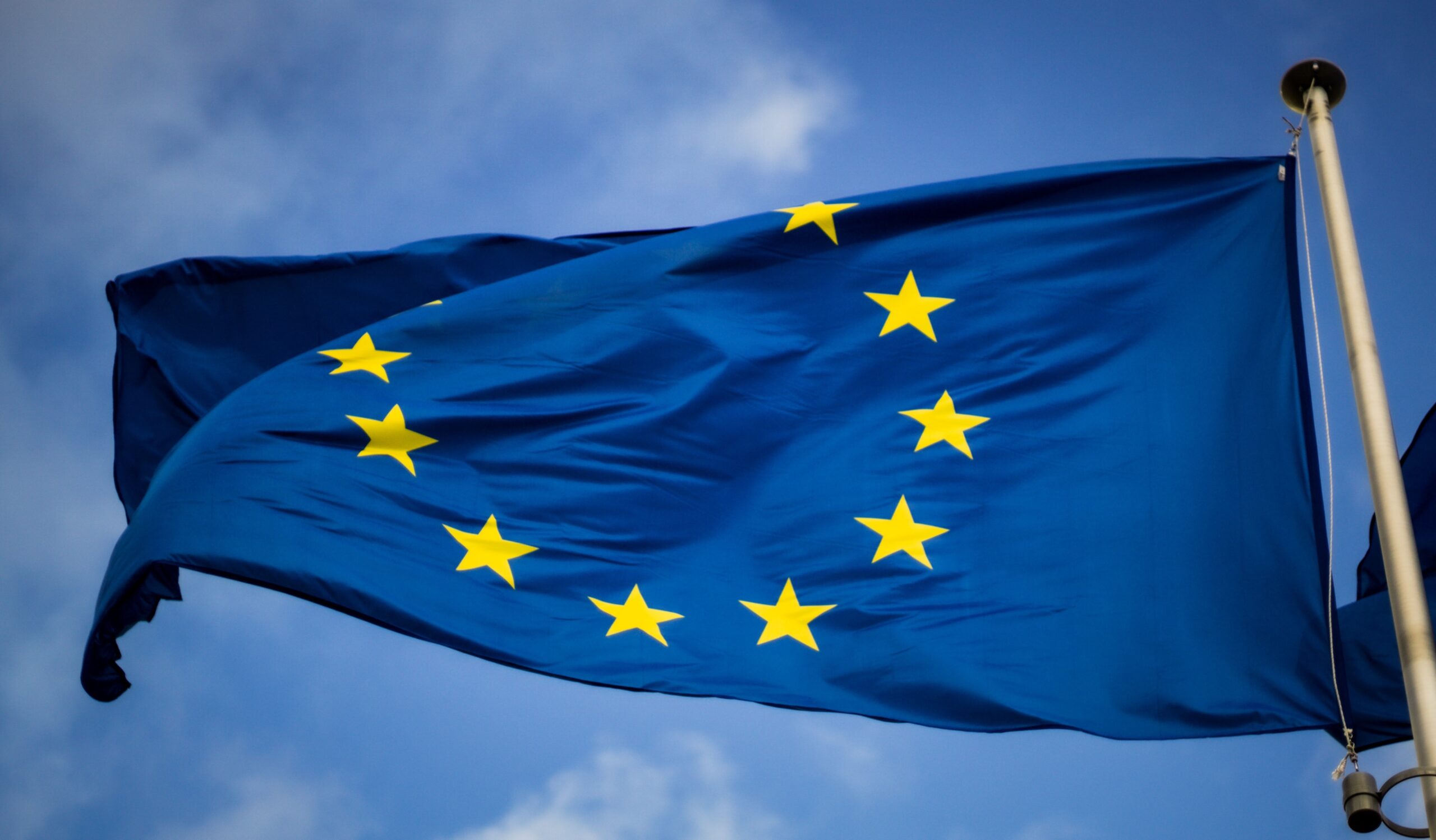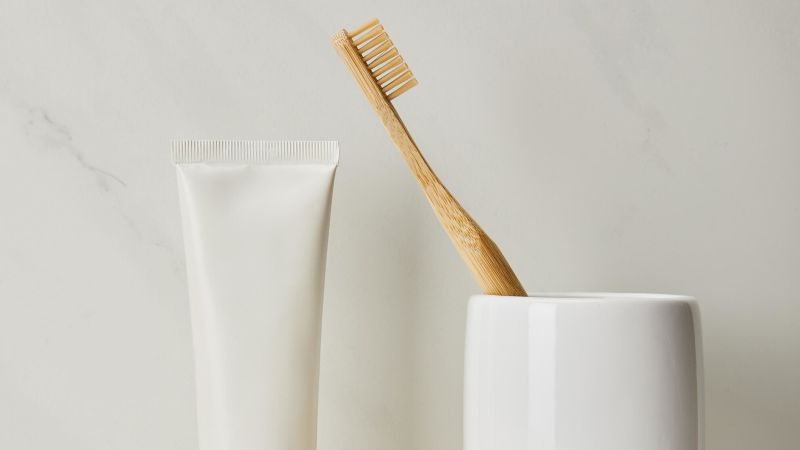What’s new?
The January 2025 update introduces specific guidance on products packaged in vials or ampoules. According to this new section, substances or mixtures intended for injection are explicitly excluded from cosmetic classification.
For products in vials or ampoules to qualify as cosmetics, they must:
- Fulfill a cosmetic function (cleaning, perfuming, changing appearance, etc.)
- Be formulated exclusively for external application
- Include clear labeling specifying external use only
- Avoid presentation that could cause confusion with medicinal products
- Not be marketed with injection devices or tools that enable delivery below the epidermis
What now?
National authorities will determine product classification on a case-by-case basis, evaluating factors including presentation, usage instructions, ingredients, claims, and mode of action.
Manufacturers should review their product packaging, labeling, and marketing materials to ensure compliance with these clarified guidelines. Special attention should be paid to ensuring usage instructions clearly specify external application only.







